My process when making art is to first question myself before taking pictures. What am I thinking? What do I want to do?
So this self-questioning led me to some thoughts: the ancients who lived on the surface of the earth, who lived long before civilization occurred, who lived tens of thousands of years ago when humans were just starting to be conscious of being human; I imagined their vision of the world and compared it to my own vision as a modern person.
I wondered which kind of scenery we could all share. I thought it could be seascapes.
Humans cut down forests and changed their shape, so on the ground, there is no shared vision.
But at sea, although humans have polluted them, if you went to an uncivilized place, a similar form of seascape might still exist; so, I came up with the idea of seascapes by questioning the shared vision between the ancients and the people of today.
This is Japanese photographer Hiroshi Sugimoto, whom I am paraphrasing from a short interview on the Louisianna YouTube channel about his series of images of seascapes aptly titled “Seascapes.”
Luckily, I watched the short documentary on Kirsten Klein and then this interview with Hiroshi Sugimoto one day back to back.
I found their relationship with questioning eternity and our place among that unimaginable space exciting as I had been reading (and I am just completing now) a book called “The History Of Canada In Ten Maps” by Canadian writer/explorer Adam Shoalts which was filling my imagination with ideas of a pre-colonial Canada and the landscape the indigenous people called home and the same landscape completely foreign and unknown to Europeans arriving here set on finding a way to Asia.
All this coincided with my move back to Montreal. My temporary home until July is next to a wooded area called Angell Woods. This small wooded area is one of the few “old-growth” forests and wetlands on the island of Montreal, boxed in between two highways to its north and south, an industrial park to its west, and a housing project to its east.
I began going for walks there, my imagination fresh from finishing a chapter in my book about the then uncharted (to Europeans and first-generation Canadians) wilderness of the vast country we now call Canada, and imagining myself bushwhacking and my way through to some promised North-West Passage or mapping the unknown landscape for the Hudson Bay Company, or defining the Canadian border with the other budding nation of the time, the United States and questioning what it must have looked like to be on one of these early expeditions across this land and if there was any link left to find between the aboriginal peoples and early settlers vision of Canada.
Like Sugimoto, my photography comes from a place of self-questioning, which led to a similar investigation and idea of my own.
If I were to speak solely of the ancients, I would find it hard to argue with Sugimogo’s dissertation that the only possible scenic vision we would share with our oldest ancestors would be a seascape. But I wasn’t questioning the ancients; I was asking about something much closer in time, and thus, I came to a different conclusion, one found on the ground and in the forest.
German photographer Thomas Struth (whom I greatly admire) has a series of photographs called “Pictures From Paradise.” These dense, highly detailed views of jungles feel like walls of impregnable barriers into exotic lands beyond.
In an interview with Struth (and I’ll be heavily paraphrasing here since, at the time of writing this, I can’t find the interview in which he said it), Struth can be quoted as saying that he showed the images in the early phase of the work to a confidant. They remarked that the photographs “resembled wallpaper,” and for some reason, that has stuck with me, and that very idea of floral wallpaper has been entrenched in my mind ever since being a seed for several photographic ideas I have been exploring.
When considering the urban forest, there is one thing it may share in stark difference and similarity with its ancient predecessor: density.
The urban forest is dense with monocultures of invasive species choking the life out of everything else around it; old-growth forests (from the idea I have of them and not any real-life experience) are dense in diversity and have endless miles of thick green verge, which to early explorers of these lands (North America, that is) may have felt to them to be as limitless as oceans.
With this idea in mind, as I walked through Angell Woods, I tried to make photographs that may have represented the impassable smallness one would have felt trekking through this wooded unknown hundreds of years ago with all the provisions one needed to survive and the frustrations of endless obstacles before one’s feet.
As usual, I haven’t been back to Angell Woods since the end of April because my ADHD brain has been chasing dragons at the edge of my mind map. I am starting two new bodies of work to add to the already too many bodies of work I have going on in the background, but there has been a shift in me lately, and maybe we’ll talk about that next month.
These photographs from Angell Woods, I believe, are a first step in conceptualizing this idea of what the experience of embarking upon an expedition across Canada would have been like for Europeans (and Indigenous peoples as well), and so far, I think I am on the right track with my internal compass.
Reason has been on my mind lately: why I make photographs, why some images work and others fail.
I have slowly been concluding that when I try to point to any particular thing: interest, concern, anxiety, in a plain, bold font, I utterly fail as an image maker, but when I allude, remain slightly ambiguous, and seek the poetry above all else I have a better chance of doing work that is successful not only for myself but for those who see the work as well.
Raymond Meeks’s work and interviews with him have helped strengthen this way of working and given me purpose. I recently picked up his joint book “The Inhabitants” with writer George Weld and have been sitting with it ever since, slowly letting it unravel like a knot in a magician’s hand.
Nothing that remains solely within its genre succeeds as poetry.
When I make a work, no matter how small, no matter how doomed to be forgotten, only its poetic possibility interests me, those moments in which it escapes into some new being.
If everything else succeeds but the poetry fails, then everything has failed.
Poetry is precisely that which can be translated in higher (or perhaps I mean inarticuable) realms.
I couldn’t agree more, and I fail more than I succeed. Still, I have understood that for an image to work, something within the frame must transcend the stuff in front of the camera and the aesthetic form that stuff has been translated to. It must be poetry (or the pursuit of that poetry, at least).
That will wrap things up for this month’s newsletter, and I don’t want to pigeonhole myself on next month’s topic. Still, it will be five (or perhaps six) years in June since I picked up a camera and started using it as a tool of artistic expression. I have been doing a lot of reflecting on my journey so far this past month with the start of a new body of work, which feels to me the most honest work I have produced so far (ok, calm down, it’s only been a month), which seems to reference and encapsulate things that I have been exploring with a camera from the very beginning so we may discuss that or something completely different, only time will tell!
I encourage you to visit the links throughout today’s newsletter and discover the artists I am referring to and their works; maybe they can enrich your lives and practice as they have mine.
Thank you, dear reader, as always, for taking the time to read my words and view my photographs. It means a lot to be able to share this with all of you; you are appreciated!





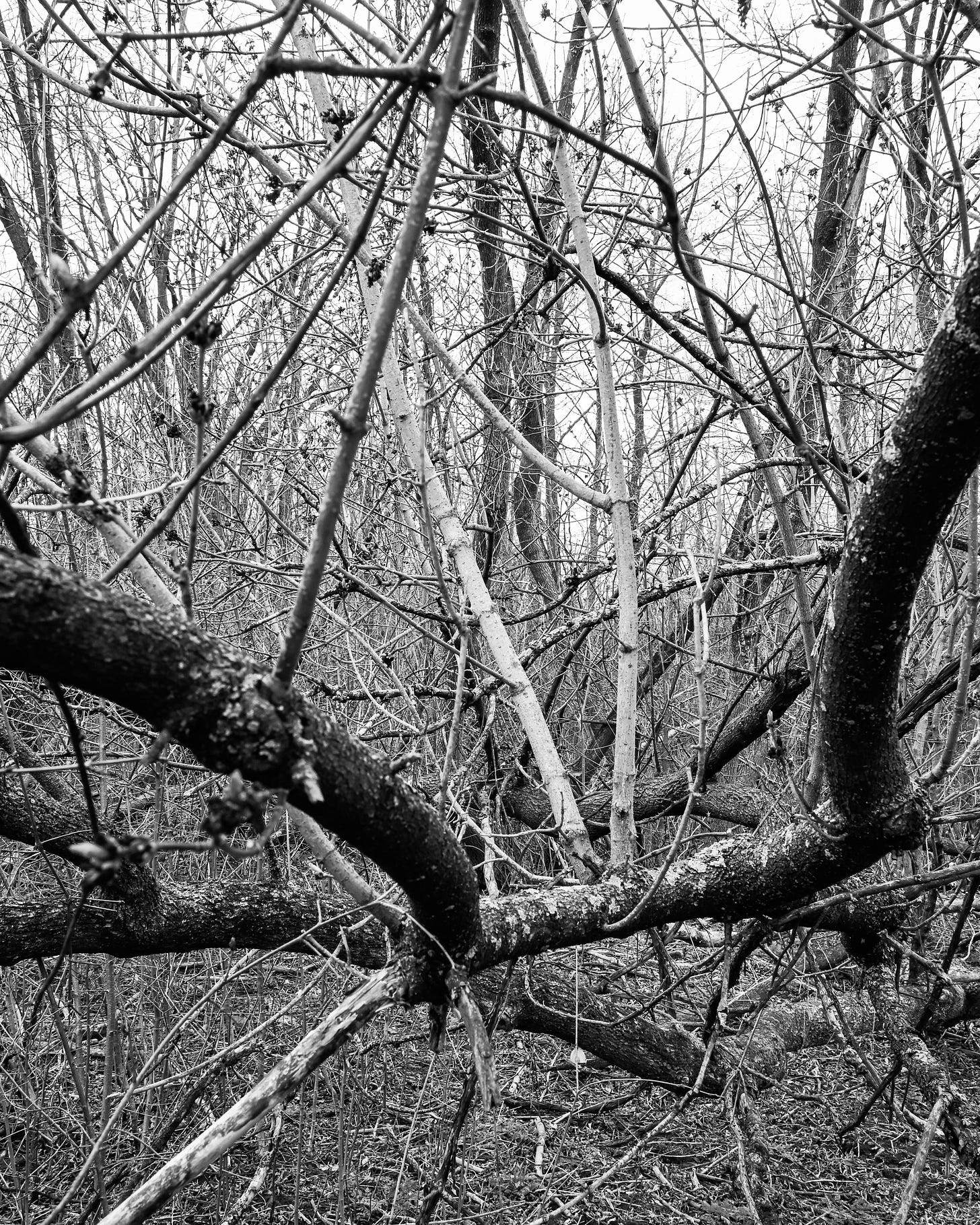

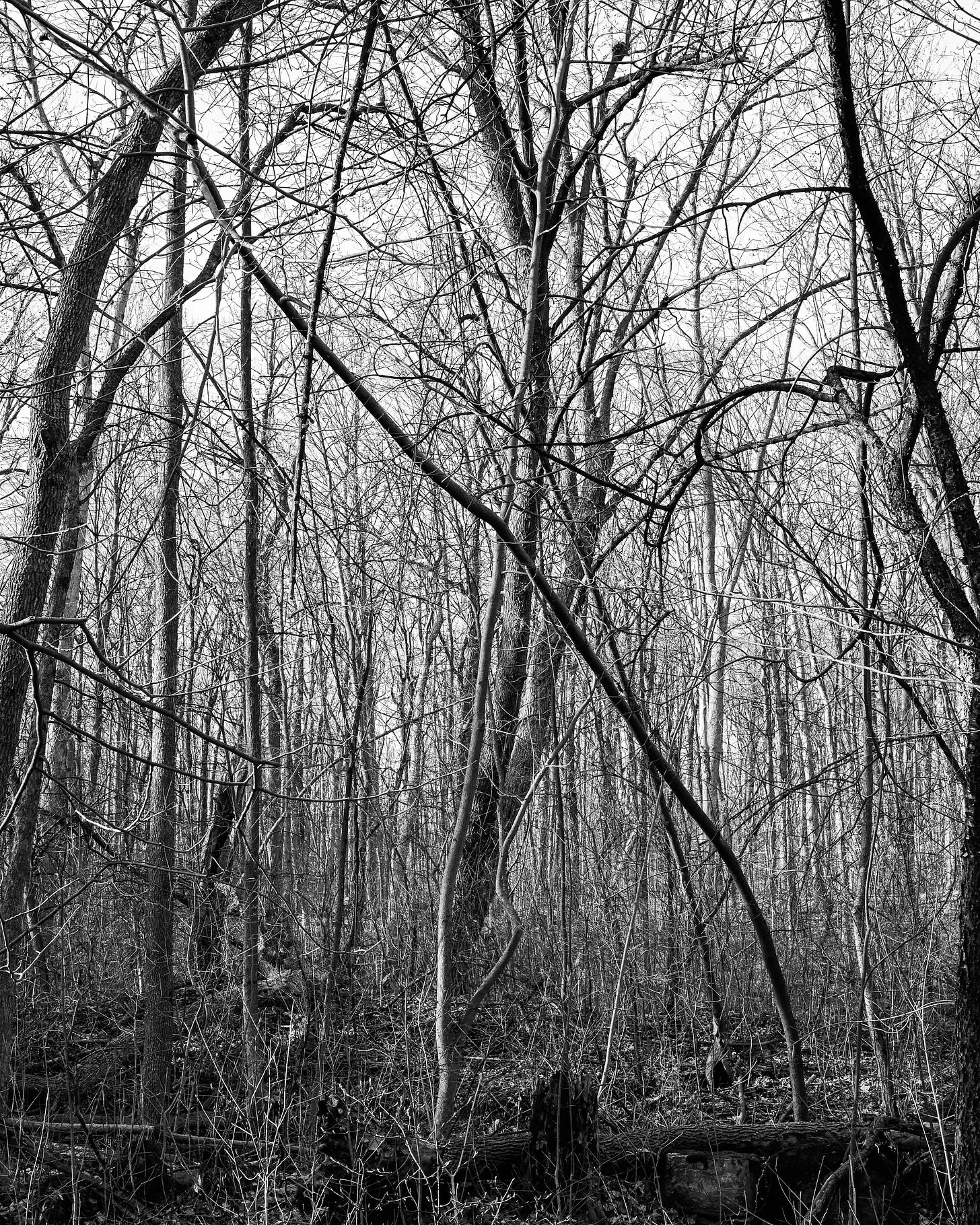

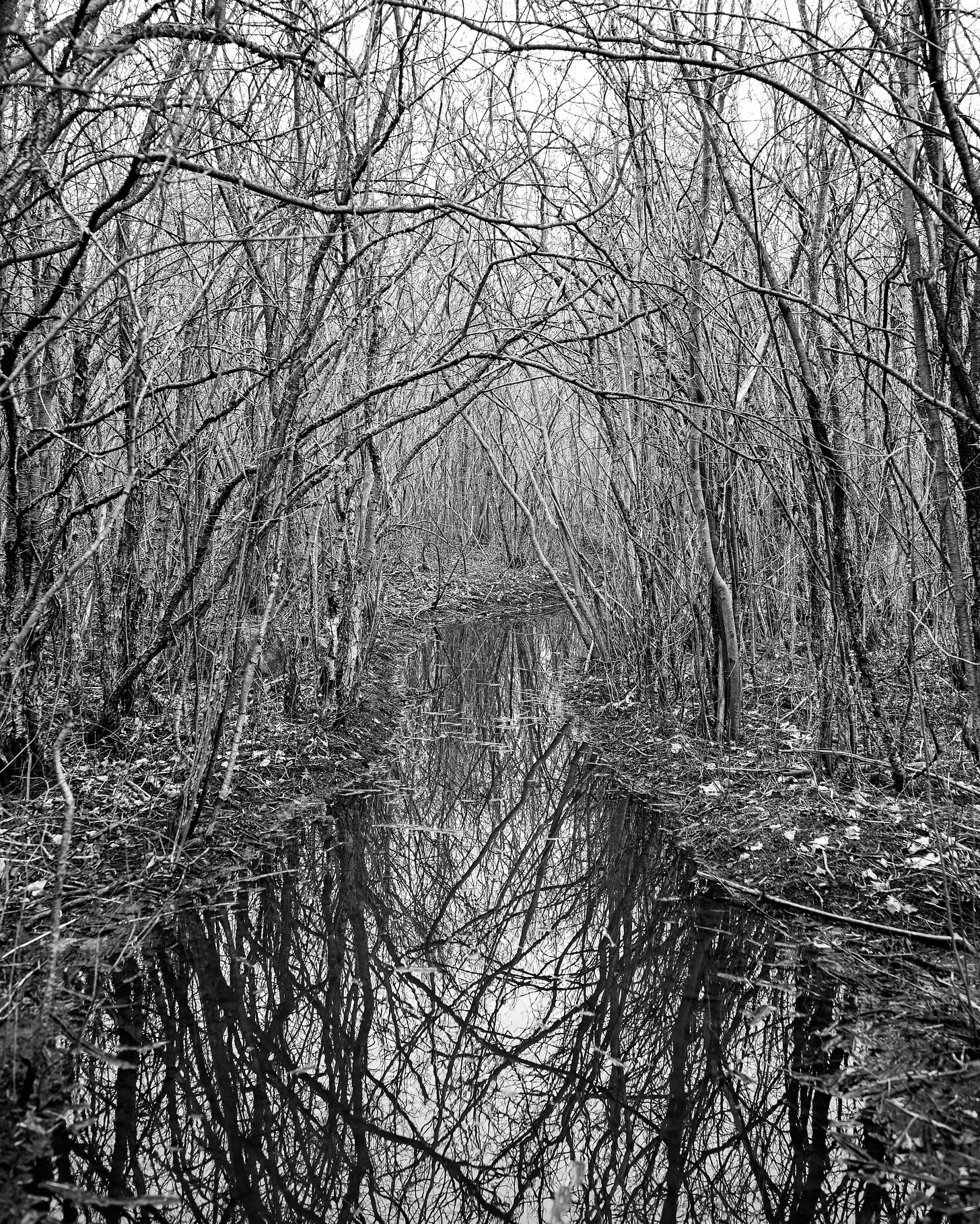


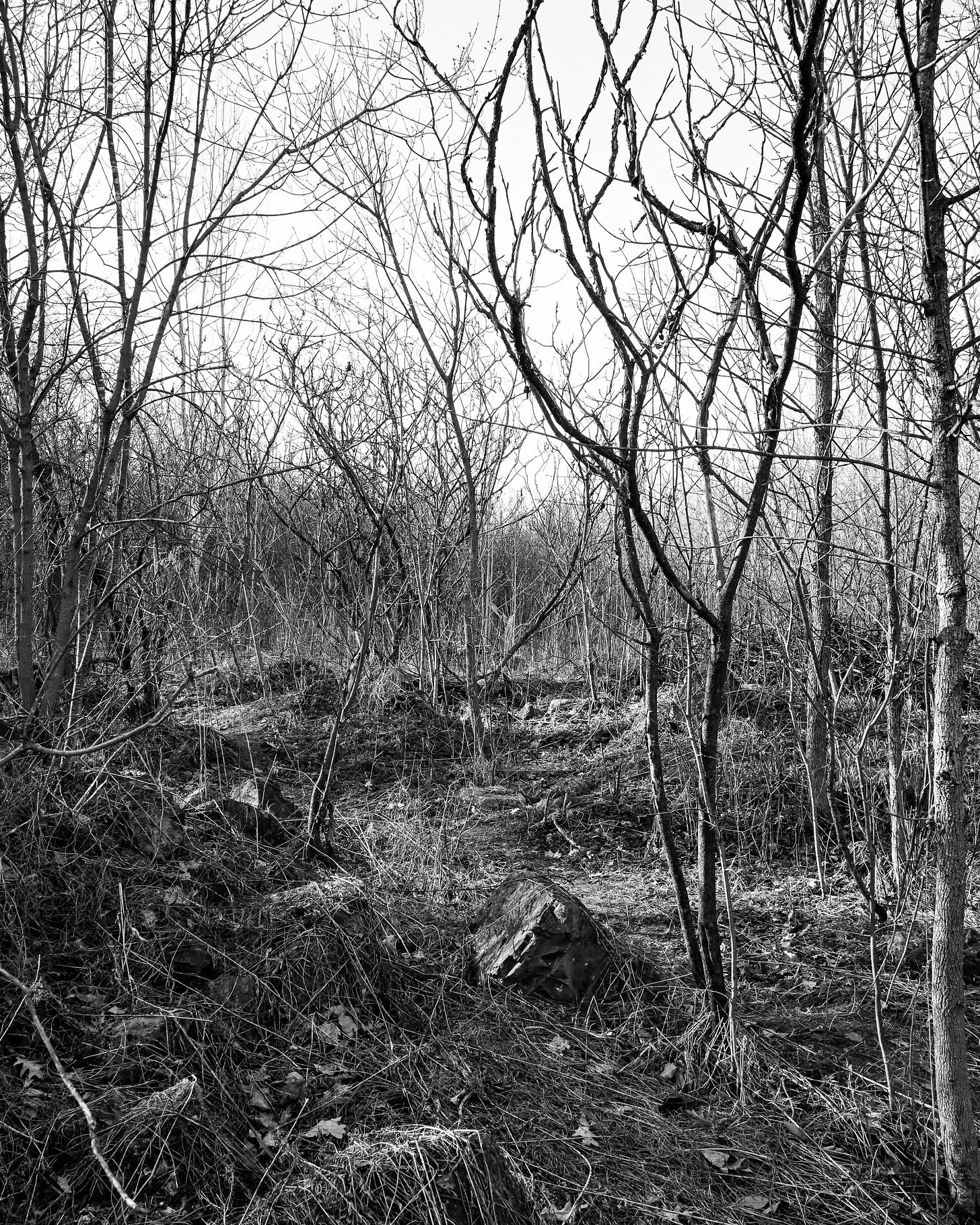
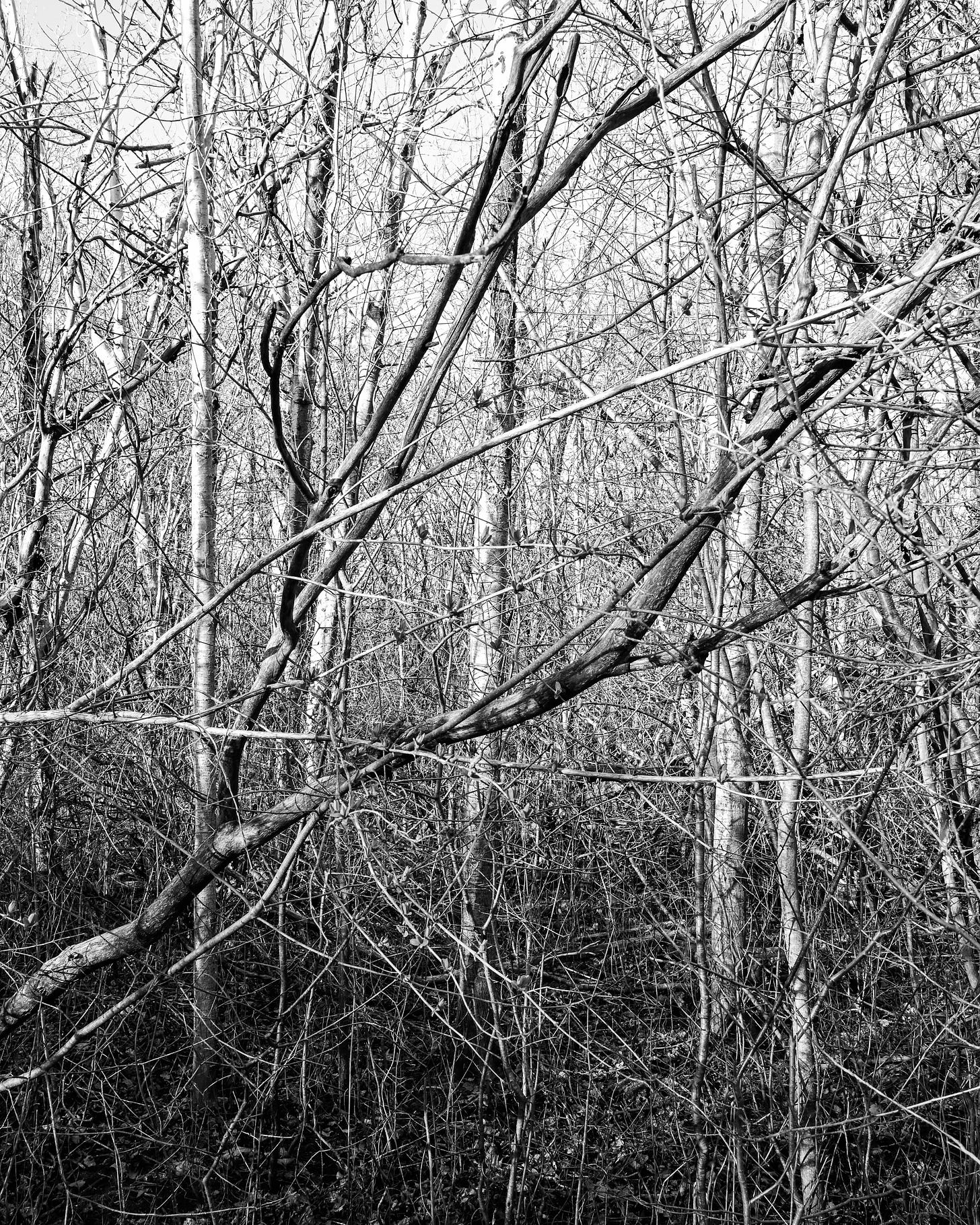


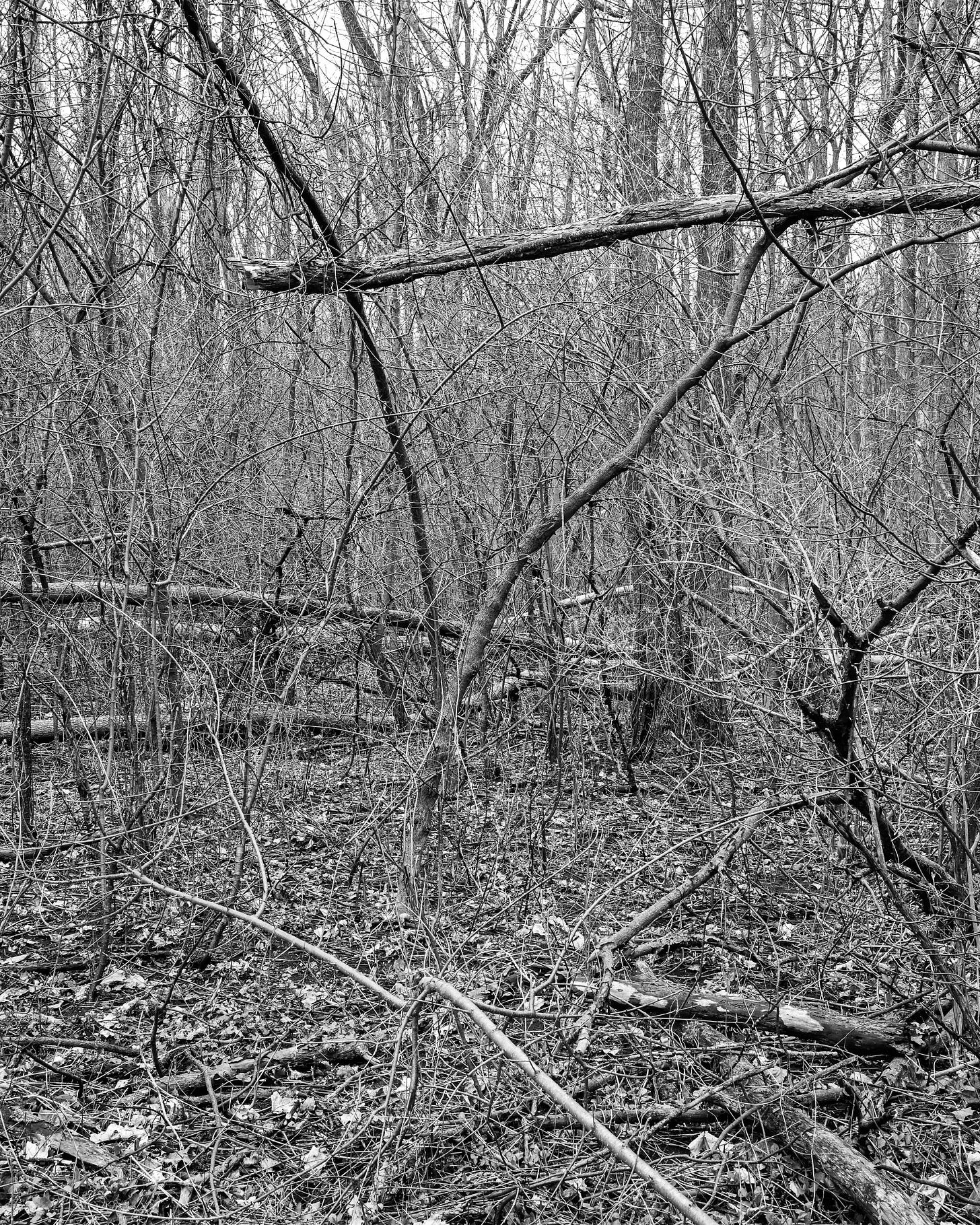
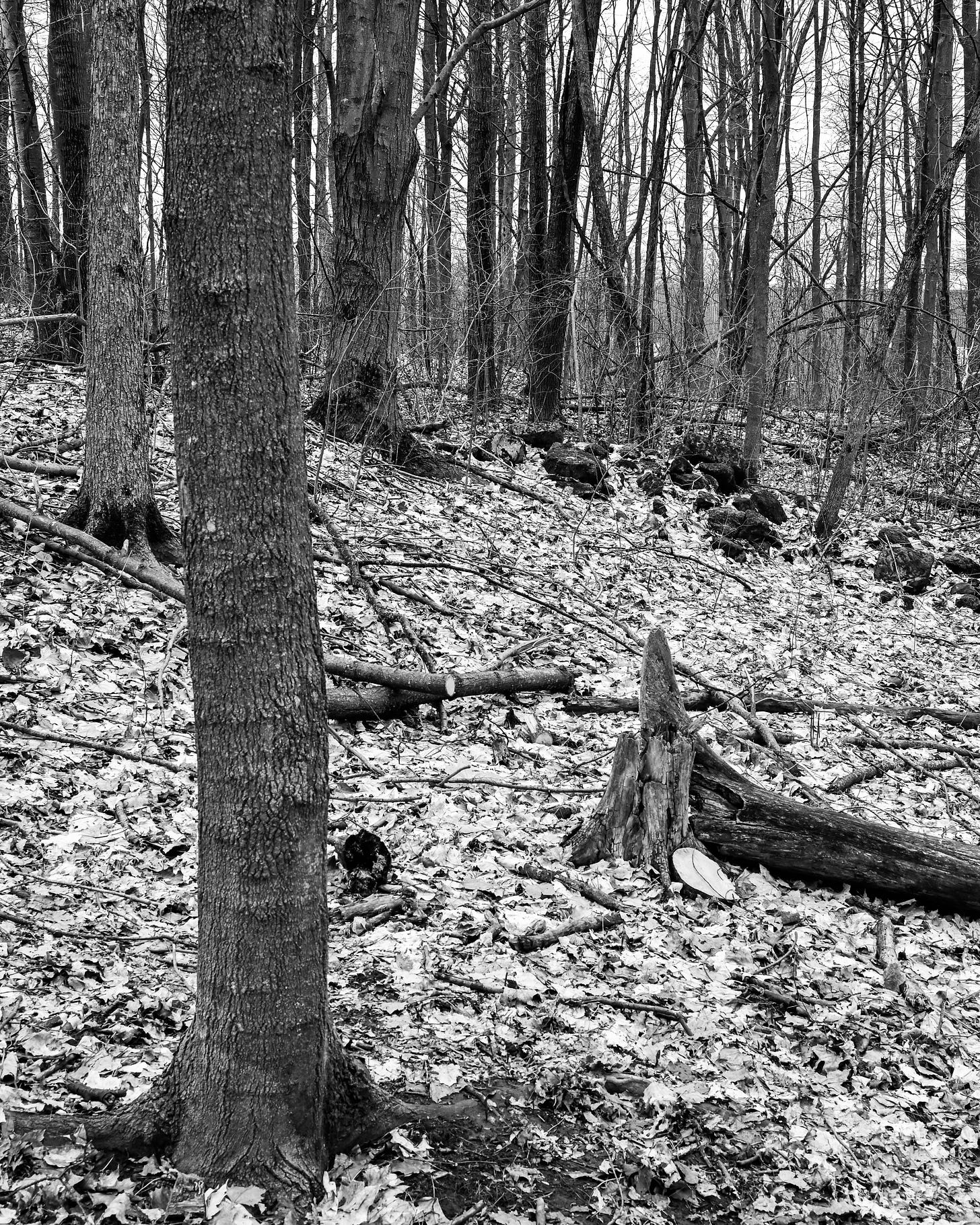
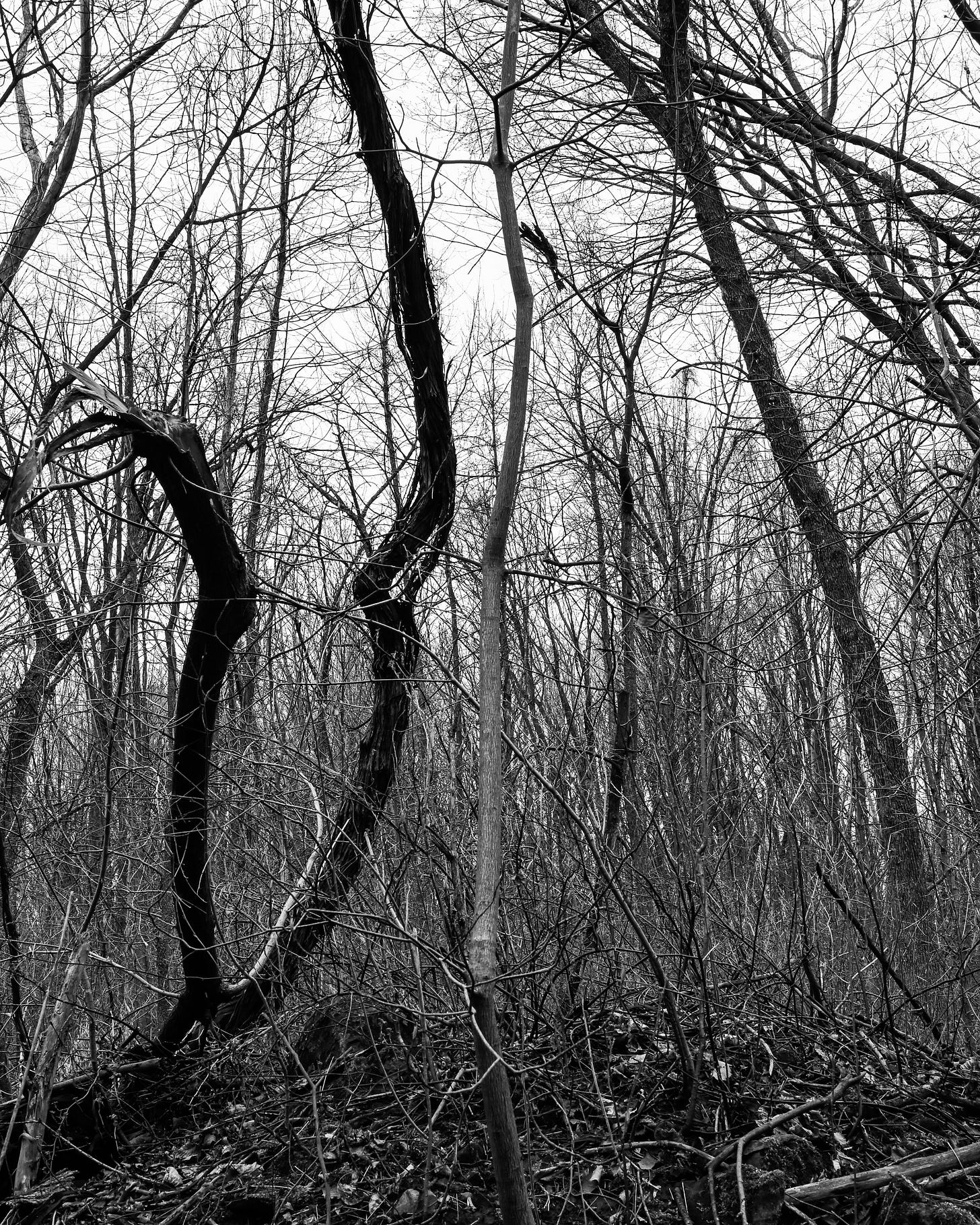
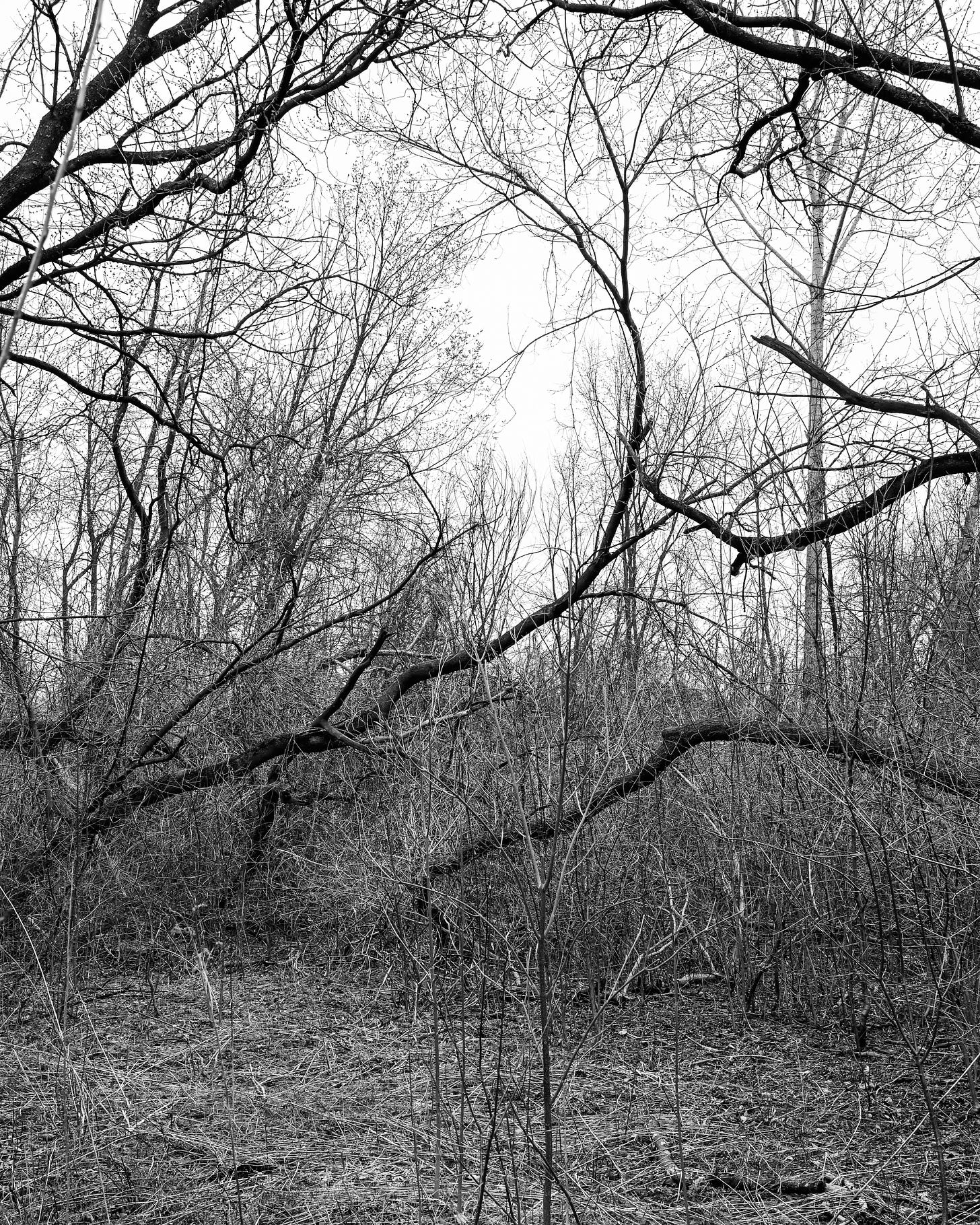
Matthew, this isn’t ‘t particularly relevant to your post but I just got my copy of American Prospects and it’s amazing! Thank you for introducing me to Sternfeld via On This Site, which was also very good (but holy god soooo grim).
A fascinating post Matthew. I have had similar ideas for projects but have never really figured out a way to make them work.
The idea of exploring our relationship with the earth and thinking what that might have been in days gone by compared to what it is today is something that fascinates me. I have come across the work of Kirsten Klein before and find the whole ethos around her image making inspiring.
Your images have an intrigue to them and it will be interesting to see where your project takes you. Good luck with at all, I hope to read more about it.